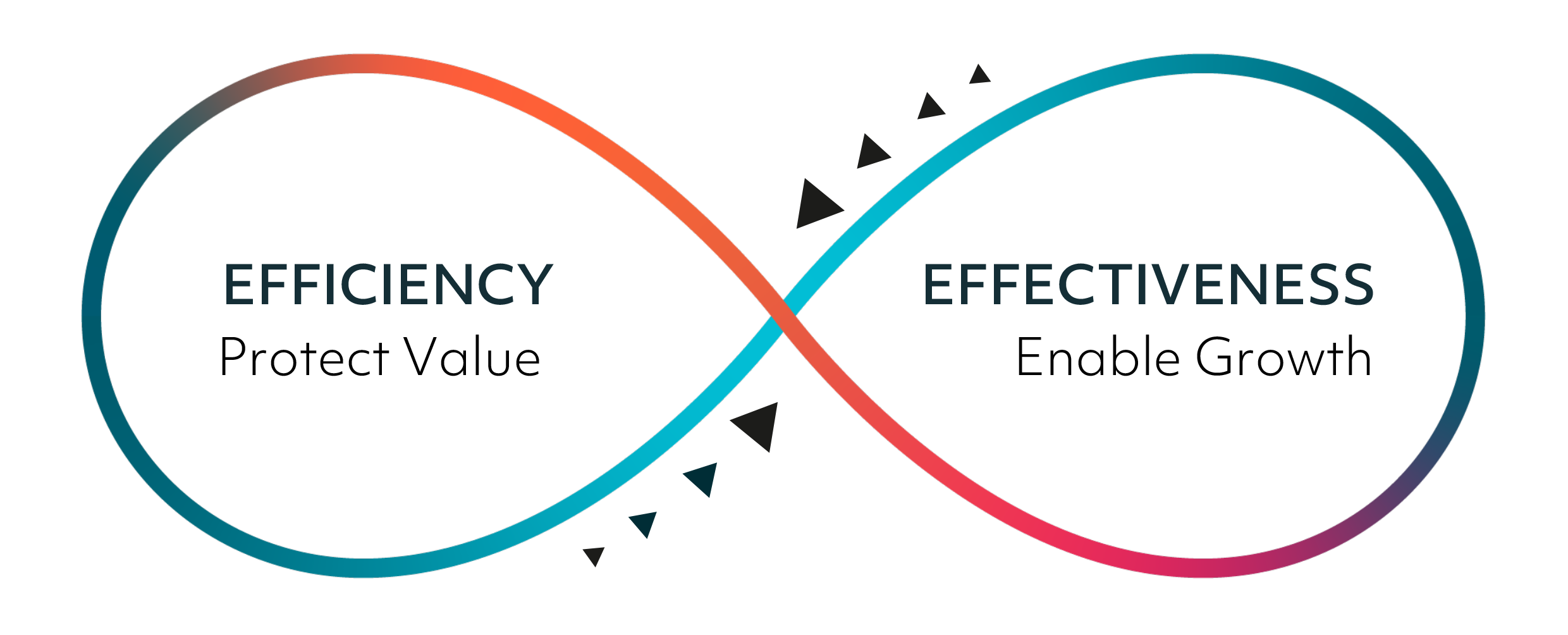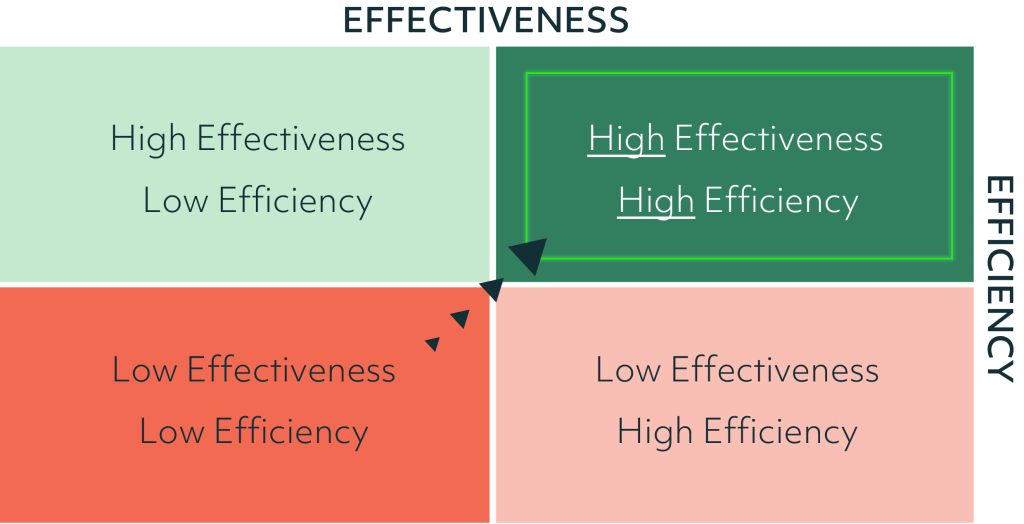
Efficiency has been the prevailing focus for brands with media seen as a valuable source of savings in a world when scale matters. Except against a backdrop of increased market volatility, digital transformation, and the battle for purpose, relevance and attention, there is more acceptance in the need to shift from quantity to quality, and for media to be treated as a source of growth (vs. cost centre).
With this shift, brands are increasingly looking to pivot their approach from efficiency to effectiveness, or at least better manage the two objectives. How this relates to agency performance management urgently needs to change to ensure incentives are aligned, and behaviours change. Incentivising agencies to buy efficiently, while also pursuing increased quality and effectiveness should not be mutually exclusive, but often can be depending on how performance-based programmes are structured and adjudicated.
MediaSense have devised a unique approach which enables efficiency and effectiveness to co-exist; an approach which can be tailored to the specific effectiveness criteria utilised, and an approach which leverages prevailing and future measurement systems, tools and metrics.
This more customised approach is enabling brands to realign their agency partners to their wider marketing objectives, while also achieve greater transparency of measurement, and integration of the media supply chain. For example, incorporating themes around media and creative integration, full funnel marketing including retail & shopper marketing, and brand safety and responsibility (e.g. ESG, DE&I).
The Effectiveness model is MediaSense’s bespoke methodology, designed to enable brands to prioritise effectiveness whilst protecting value.

Applying different measurement techniques alongside machine learning, MediaSense have developed an ‘Effectiveness Score,’ which is a calculation for converting each metric into a 1-10 scale.

MFA: made-for-advertising sites
This method provides consistency and simplifies the concept of effectiveness, allowing it to be measured holistically at a regional, market, channel, campaign and platform level.
Effectiveness scores are then integrated with costs to determine if the increase/decrease in costs is commensurate to the increase/decrease in effectiveness. We call this ‘Acceptable Cost’ for each effectiveness score we can calculate an acceptable cost.

The relationship between effectiveness and acceptable cost are then mapped to a performance quadrant (see above) to demonstrate this relationship and opportunities for improvement. When aligned to agency performance-based remuneration, the focus pivots to prioritising effectiveness whilst controlling acceptable costs.
The shift described may seem a complex one, but a necessary one to better align effectiveness objectives to partner incentives and behaviours. Furthermore, it presents a great opportunity to unlock competitor advantage and growth through a new approach. Specifically, it will enable brands to:
- Expand the number of effectiveness criteria evaluated, addressing additional objectives around brand health, creativity & responsibility
- Focus on investment in, and optimisation of better media (more for same), not more media (more for the less)
- Provide greater agility for planners to embrace and test new platforms and formats
- Enable simplification through a holistic effectiveness scoring mechanic
If you would like to discuss how you could improve your media effectiveness, please contact our team via the form below: